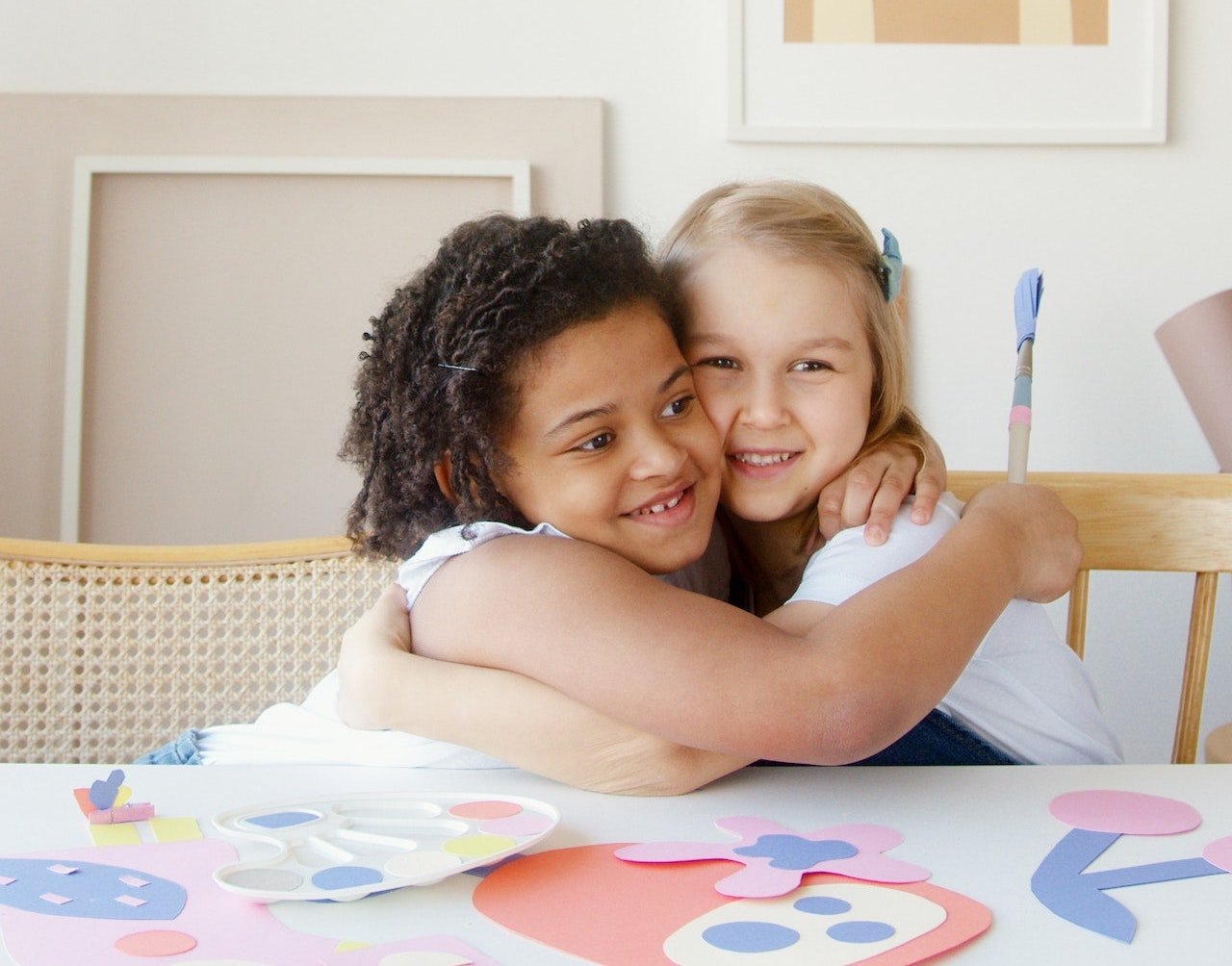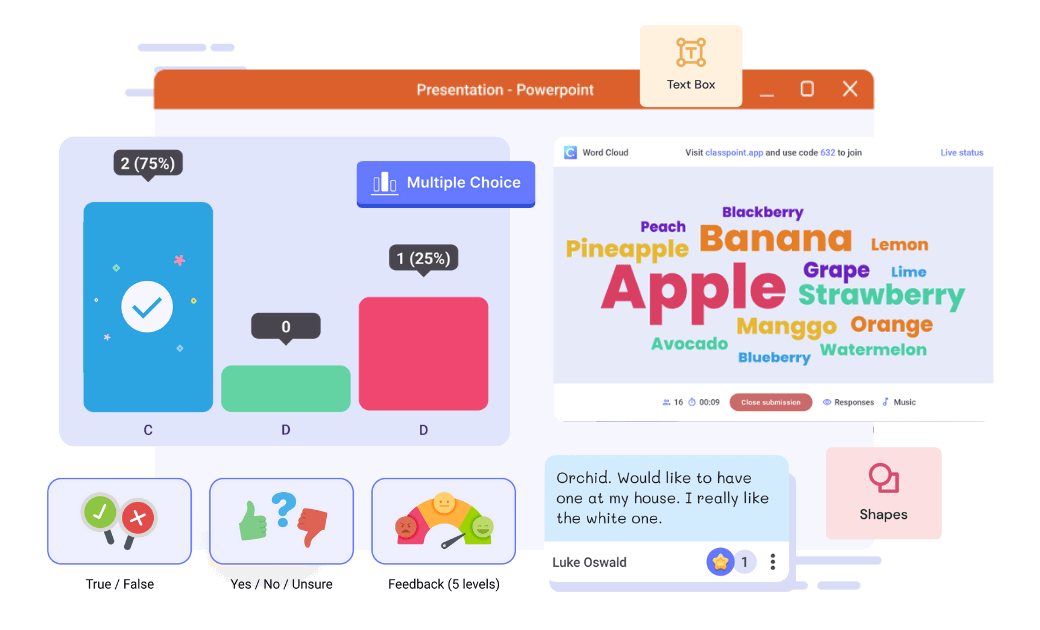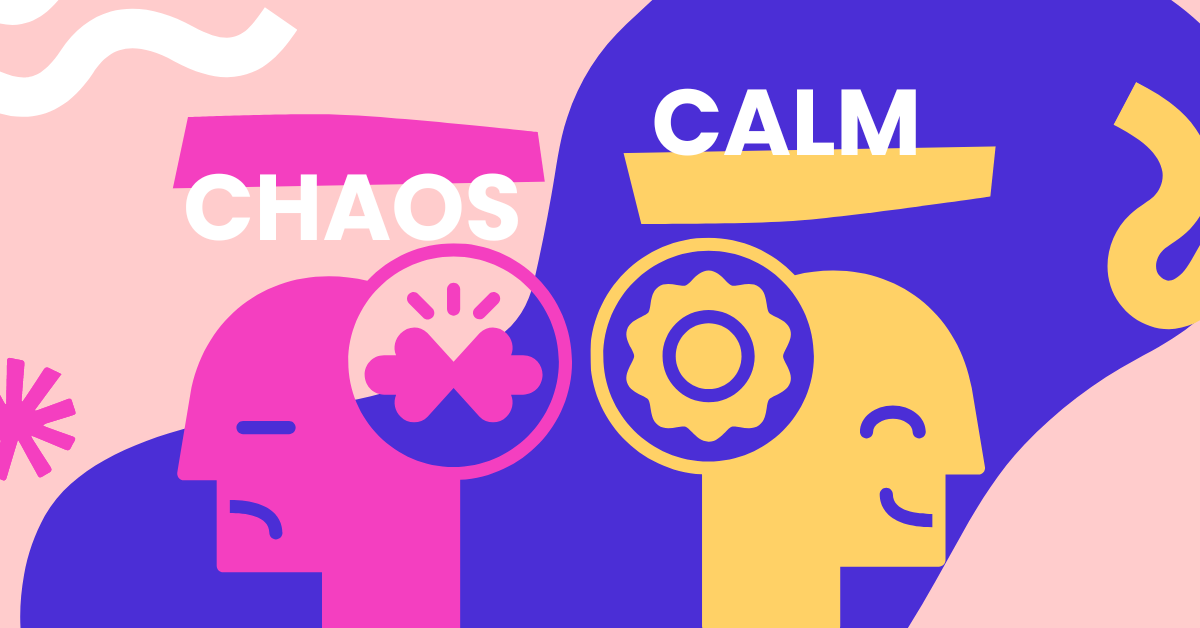Conflict resolution in the classroom is essential for creating an environment of respect, trust, and collaboration. Unfortunately, it’s not always easy to resolve conflicts among students. Having effective conflict resolution strategies from the start is paramount to maintaining a positive and productive learning environment.
In this blog post, we’ll provide you with a comprehensive guide for navigating the chaos of classroom conflicts and achieving a peaceful resolution. From proactive strategies to identifying and preventing potential disputes to useful techniques to help students manage their emotions and work together to resolve issues, we will equip you with the tools you need to create a safe and productive learning environment.
Understanding Conflicts in the Classroom
Conflict is a natural part of human interaction, and the classroom is no exception. When we think about conflict, we often associate it with negative emotions and disruptions. However, conflict can also be seen as an opportunity for growth and learning.
Why Conflicts Arise in the Classroom?
Conflicts in the classroom can arise from a variety of sources, often stemming from the complex dynamics and diverse backgrounds of students.
Conflicts can arise due to various factors, such as:
- differing viewpoints and opinions
- misunderstandings
- competition for attention
- personal experiences
- other external stressors such as personal or family problems
- cultural and socio-economic disparities

Importance of Conflict Resolution in the Classroom
Ignoring or mishandling conflicts can lead to disruptions, hindered learning, and strained relationships. Hence, it’s vital for teachers to understand the dynamics of conflict in order to effectively resolve and manage these situations promptly. By addressing them head-on, you can pave the way for students to:
- Develop important skills: When students navigate conflicts in a constructive way, they learn skills such as problem-solving, effective communication, and empathy.
- Better the overall learning experience: Students are more engaged, attentive, and willing to share their thoughts and opinions when they feel their voices are heard and conflicts are addressed promptly.
- Create a collaborative learning environment: Students can learn from each other’s perspectives and develop essential social and emotional skills from conflict resolution.
12 Recommended Strategies for Conflict Resolution in the Classroom

Before Conflicts Arise: Proactive Measures for Preventing Conflicts
Creating a proactive approach to prevent conflicts in the classroom can save you valuable time and energy in dealing with conflicts before they arise. Try these strategies to foster a positive and harmonious learning environment from the start:
- Establish clear and consistent expectations
By setting clear guidelines from the start, students know what is expected of them and what consequences they may face for disruptive behavior and violating these expectations.
- Address difficult behaviors promptly and directly

Stay away from ignoring or avoiding disruptive behaviors. Instead, address them head-on and have a private conversation with the student involved to understand the underlying cause and work to find a solution.
- Acknowledge and reward positive behaviors
Sometimes, students act out due to frustration, boredom, or a lack of understanding. Providing positive reinforcement or desired behaviors and extra support/guidance can be effective in reducing difficult behaviors.
- Foster a sense of community
Encourage teamwork and collaboration among students by providing opportunities for group work and team-building activities. This can help create a sense of belonging and reduce the likelihood of conflicts.
- Create a positive communication environment

Encouraging students to express their thoughts and concerns in a respectful manner can help prevent misunderstandings from escalating into larger issues. To encourage clear and open communication in your classroom, actively listen to students, respond empathetically to their emotions and perspectives, and have an open door policy.
- Cultivate emotional intelligence

Teach students how to identify and manage their emotions effectively. Encourage them to practice self-reflection and provide them with the tools for self-regulation, such as deep breathing exercises or journaling.
- Promote empathy and understanding

Create a classroom culture that values empathy and understanding. Encourage students to put themselves in others’ shoes and consider different perspectives.
- Teach conflict-resolution skills
Take the time to explicitly teach students how to resolve conflicts in a peaceful and respectful manner. Teach them strategies you use in the classroom like the ones below.
After Conflicts Arose: Conflict Resolution Strategies
When conflicts arise, people often resort to a range of resolution styles and strategies. Understanding these diverse styles enables you to tailor your approach to fit the specific circumstances at hand:
- Collaboration

This strategy encourages open communication and problem-solving. It encourages students to actively find solutions and work towards mutual understanding with you or with their peers teamwork, empathy, creative problem-solving, and cooperation among students.
- Compromise

Teach students the art of compromise, where both parties willingly make concessions to reach an agreement. This helps students understand the value of negotiation, navigate disagreements constructively, and build leadership skills.
- Assertiveness

In certain situations, adopting an authoritative style may be necessary, especially in cases involving safety concerns or disruptive behaviors. When the need arises to ensure order and enforce rules, asserting your authority is essential. However, use this approach sparingly and only when necessary, and emphasize open communication and understanding in other instances.
On the student side, it’s crucial to guide students in expressing their needs and preferences assertively while respecting the rights and opinions of others. This style empowers students to communicate effectively, ultimately helping them not only in negotiations but also in building self-confidence and strong interpersonal relationships.
- Avoidance

Avoidance is not always the best approach, even though it may be suitable for minor disagreements or when emotions are running high. Therefore, it’s important to educate students about the significance of when to engage in a conflict and when to let certain issues pass without confrontation.
Master Classroom Harmony With These 4 Tried and Tested Classroom Conflict Resolution Activities
To effectively resolve conflicts in the classroom, try pairing your chosen conflict resolution style above with these following tried and tested classroom conflict resolution activities recommended by teachers and education professionals:
- Mediation
Have a neutral third party, such as a teacher, another student, or a counselor involved and facilitate the discussion among the involved parties. The mediator helps students express their feelings and perspectives and guides them toward finding a resolution. This approach teaches students the importance of active listening, compromise, and negotiation.
- Restorative Circles

Involving the larger group in conflict resolution can be helpful in cases involving minor conflicts and communication breakdowns. In restorative circles, gather students in a circle to have an open conversation about the conflict. This approach encourages empathy and understanding through structured communication and promotes a sense of community and shared responsibility, facilitating quicker conflict resolution.
- Problem-Solving Workshops
Organize workshops with hypothetical scenarios with an emphasis on problem-solving. This approach not only teaches students the essential skills to deal with conflicts or problems when they arise, but it also teaches them the importance of collaboration and empathy towards others. Follow this with a feedback session to review the strategies proposed critically.
- Conflict Journals

You can also invite your students to maintain conflict journals, where they reflect on their emotions and experiences during conflicts. This practice promotes self-awareness and emotional regulation. Having an outlet to channel their feelings and emotions via written words is often preferable to speaking them aloud, as uttered words are not retractable.
Innovative Approaches for Innovative Classrooms: Games for Conflict Resolution in the Classroom
In today’s digital age, teachers have the opportunity to implement innovative approaches to conflict resolution using games and EdTech tools. Games are suitable for both teaching conflict resolution skills and actively resolving conflicts. They also offer exciting and interactive ways for students to develop conflict resolution skills that can be applied in real-life situations while also having fun.
Examples of Conflict Resolution Games
What is the Solution
Present different conflicts and situations and have students work on them individually or collaborate to come up with the most effective solution. Follow this with a discussion where students can collectively vote on the best solution!
Role Play

Invite students to act out different situations together in a safe place. Follow this with a review of the experience and explore alternative ways students can handle such situations should they arise in the future
Conflict Resolution Bingo
Get creative and utilize a game of Bingo to promote learning about conflict resolution strategies, communication skills, and problem-solving techniques in an interactive and engaging manner.
Create your own Bingo card or review pre-made templates from Teachers Pay Teachers.
Express Feelings Comfortably
Online platforms like ClassDojo or Seesaw offer features that allow students to express their feelings and resolve conflicts digitally.
With ClassDojo, you can initiate discussions on various topics or emotions, encouraging students to share their thoughts and feelings openly in a safe digital environment.
With Seesaw, students can create digital journals where they can document their thoughts, experiences, and emotions through audio and video recordings, writing, or adding images and emojis.
Quiz Games

Teach conflict resolution and get feedback from students through different quiz games. Add motivation by gamifiying these questions and having students answer anonymously bringing honesty and comfortability to every question.
There are many tools out there to use, but if you are a PowerPoint user, ClassPoint is your perfect teaching companion. Utilise interactive quizzes such as Word Cloud, Short Answer and Video Upload to teach conflict resolution and check your students’ understanding in a fun and interactive manner.
Here is how you can create an interactive quiz in PowerPoint in a few clicks. You can also gamify your slides to reinforce learning.
Stay Connected
Try using an online communication platform to stay in touch with your class and chat with students. Opening communication platforms allows more ways for students to reach out and share any issues that might arise. This can be done within your Google or Teams platforms!
Remember the importance of teaching digital citizenship to students when using tech in your classroom.
More Resources for Conflict Resolution in the Classroom
As a teacher, it’s essential to have access to a variety of resources to help you effectively manage and resolve conflicts in the classroom. Here are additional valuable resources that you can utilize:
- Books and Articles: There are numerous books and articles available that provide practical strategies and insights into conflict resolution in the classroom. Look for resources that offer specific techniques, case studies, and real-life examples to help you navigate different situations. Some recommended titles include “7 Principles of Conflict Resolution” by Louisa Weinstein and “Conflict Resolution, Can It Really Make a Difference in the Classroom: Conflict Resolution Strategies for Classroom Teachers” by Savannah Pollan and Dylinda Wilson-Younger.
- Online Courses and Webinars: Many organizations and educational platforms offer online courses and webinars focused on conflict resolution and management. These resources provide in-depth knowledge, practical techniques, and opportunities for professional development. Try Mediation and Conflict Resolution on Coursera or Conflict Management with Emotional Intelligence on Udemy.
- Professional Organizations and Networks: Joining professional organizations and networks can provide valuable support and resources. Organizations like the National Education Association (NEA) and the American School Counselor Association (ASCA) often host conferences, workshops, and online forums where educators can share their experiences, gain insights from experts, and access resources specifically designed to address conflict resolution in the classroom setting.
Conclusion
To recap, when conflicts arise in the classroom:
- Actively listen to students when conflicts arise.
- Select a conflict resolution style that best fits the situation and the classroom needs.
- Facilitate open dialogue and encourage empathy among students.
- Teach students how to express themselves effectively.
- Model positive conflict resolution behaviors.
Effectively managing and resolving conflicts within the classroom is a complex undertaking, demanding proactive strategies and a steadfast dedication to transparent communication. By grasping the significance of conflict resolution, incorporating a diverse array of styles and strategies, and nurturing enduring skills, educators can establish an environment wherein conflicts are viewed as catalysts for personal growth and educational advancement.
To manage your classroom effectively, irrespective of whether conflicts are present or not, read these 20 proven effective classroom management strategies for all types of classes. And if you are new to the teaching scene, these 26 classroom management strategies tailored to new teachers may help.
